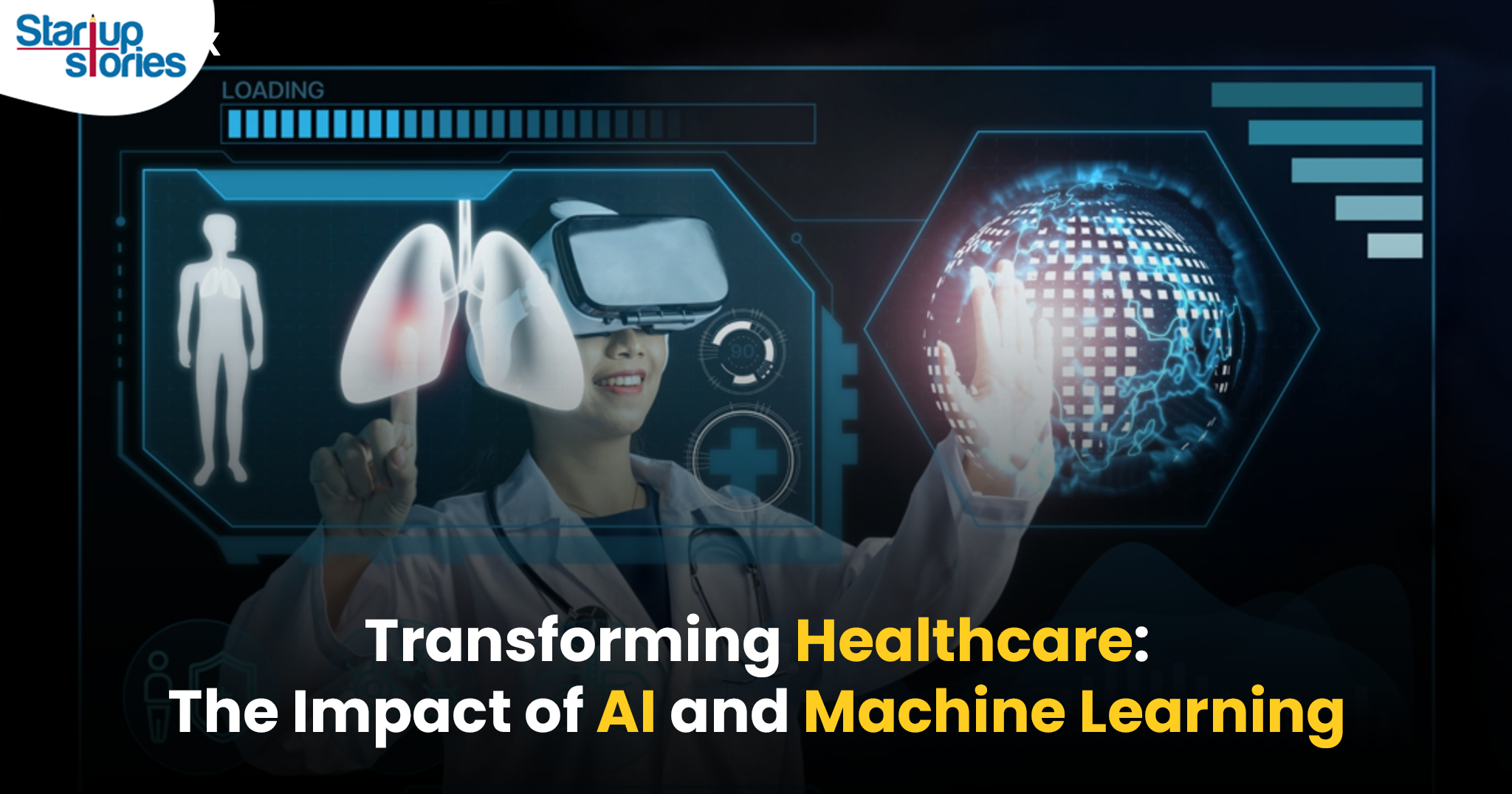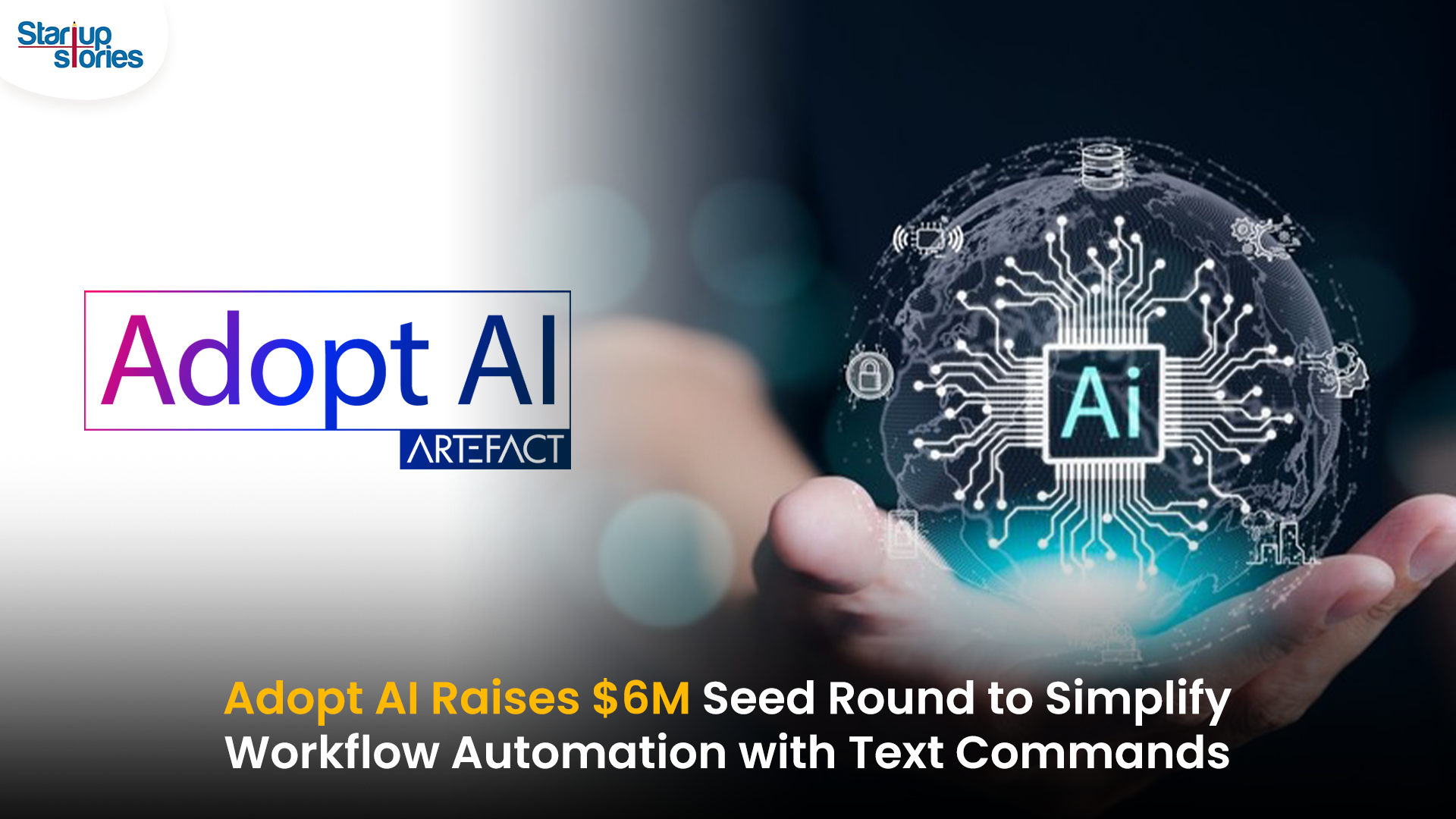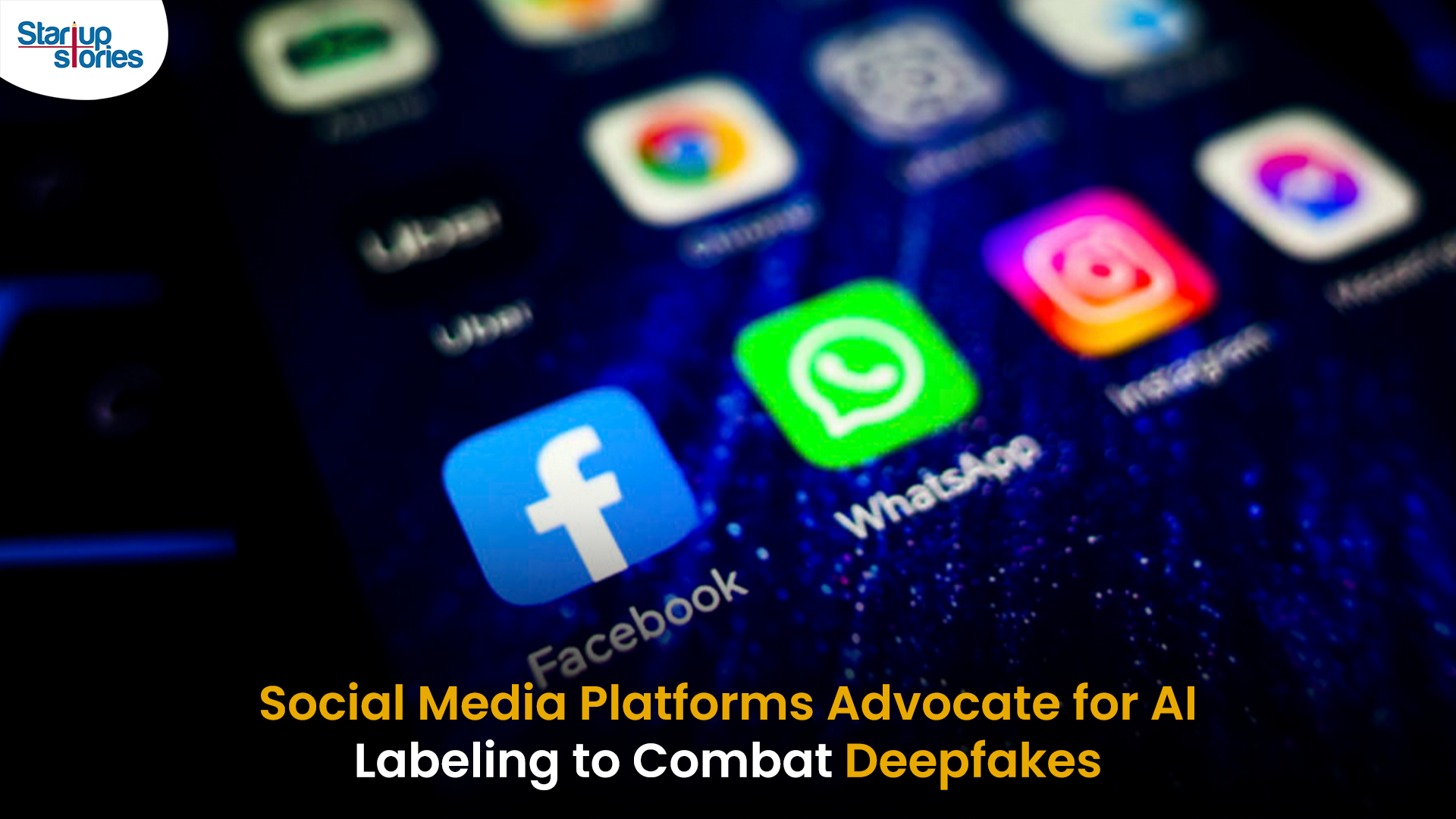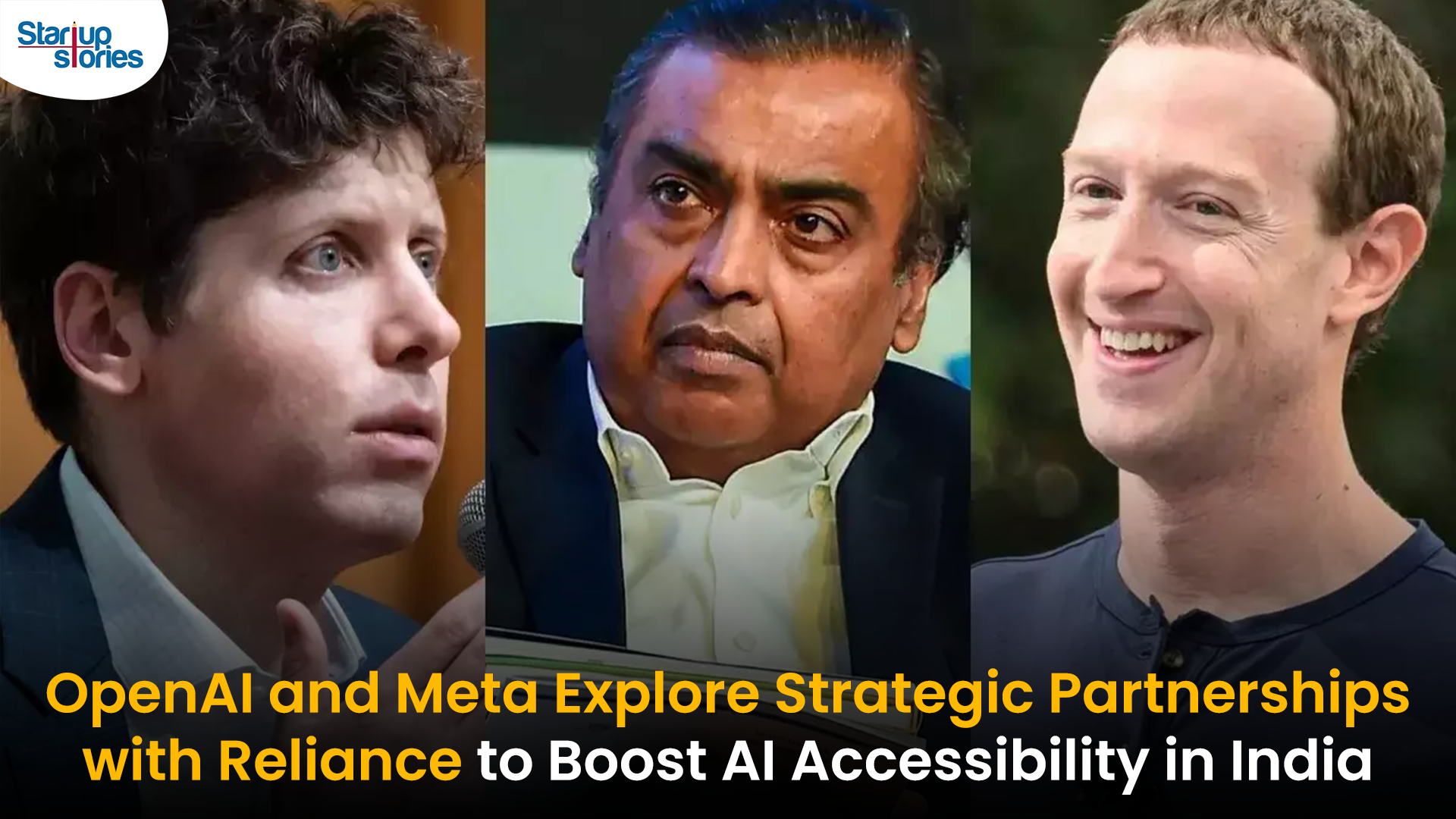Artificial Intelligence
How AI and Machine Learning Are Shaping the Future of Healthcare

Artificial Intelligence (AI) and Machine Learning (ML) are revolutionizing the healthcare landscape, offering innovative solutions that enhance patient care, streamline operations, and improve health outcomes. As these technologies evolve, they are becoming integral to the future of healthcare, transforming how providers diagnose,
treat, and manage patient care.
Current Applications of AI and Machine Learning in Healthcare
1. Precision Medicine
AI and ML are pivotal in advancing precision medicine, which tailors treatment plans based on individual patient characteristics. By analyzing vast datasets, including genetic information, medical histories, and treatment responses, AI algorithms can predict which treatments are likely to be most effective for specific patients. This personalized
approach not only improves outcomes but also minimizes unnecessary side effects and costs associated with ineffective treatments.
2. Diagnostic Accuracy
AI technologies, especially deep learning algorithms, are increasingly used in diagnostic imaging to identify conditions such as cancer more accurately than traditional methods. For instance, AI systems can analyze radiology images to detect early signs of tumors that may be missed by human eyes. Studies have shown that these systems can
outperform radiologists in certain diagnostic tasks, leading to earlier interventions and better patient prognoses.
3. Operational Efficiency
AI is streamlining healthcare operations by automating administrative tasks such as scheduling, billing, and patient record management. This automation reduces the administrative burden on healthcare professionals, allowing them to focus more on patient care. Additionally, predictive analytics powered by AI can optimize resource allocation, helping hospitals manage patient flow and reduce wait times.
Future Transformations Driven by AI and Machine Learning
1. Enhanced Patient Monitoring and Telehealth
The integration of AI in telehealth is set to revolutionize patient monitoring. Wearable devices equipped with AI algorithms can continuously track vital signs and health metrics, alerting healthcare providers to potential issues before they escalate. This proactive approach not only enhances patient safety but also fosters a more connected
healthcare ecosystem where patients receive timely interventions based on real-time data.
2. Addressing Workforce Shortages
AI has the potential to alleviate workforce shortages in healthcare by assisting medical professionals in decision-making and reducing burnout. By automating routine tasks and providing decision support, AI can enhance the productivity of healthcare workers, allowing them to manage larger patient loads without compromising care quality. This is particularly crucial as the global healthcare workforce faces increasing demands due to aging populations and rising chronic disease prevalence.
3. Data-Driven Insights for Public Health
AI and ML can analyze public health data to identify trends and predict outbreaks, enabling healthcare systems to respond more effectively to public health challenges. By leveraging AI to analyze social determinants of health and other data sources, public health officials can implement targeted interventions that address the root causes of
health disparities in communities.
Challenges and Considerations
Despite the promising potential of AI and ML in healthcare, several challenges must be addressed to fully realize their benefits:
● Data Quality and Accessibility: The effectiveness of AI systems relies heavily on high-quality, standardized data. Currently, many healthcare organizations struggle with data silos and inconsistent data quality, which can hinder the development and deployment of AI solutions.
● Ethical and Legal Concerns: The use of AI in healthcare raises ethical questions regarding data privacy, consent, and algorithmic bias. Ensuring that AI systems are transparent and accountable is crucial to maintaining trust among patients and healthcare providers.
● Integration into Clinical Practice: For AI to be effectively integrated into clinical workflows, healthcare professionals must be adequately trained to use these technologies. Collaboration between AI developers and healthcare providers is essential to create user-friendly systems that meet the needs of clinicians and patients alike.
Conclusion
AI and Machine Learning are poised to transform the future of healthcare by enhancing diagnostic accuracy, personalizing treatment, and improving operational efficiency. As these technologies continue to evolve, their successful integration into healthcare systems will depend on addressing current challenges related to data quality, ethical considerations, and workforce training. By harnessing the power of AI, the healthcare industry can move towards a more efficient, effective, and patient-centered future.
Artificial Intelligence
Adopt AI Secures $6 Million to Power No-Code AI Agents for Business Automation

Adopt AI, a San Jose and Bengaluru-based agentic AI startup, has raised $6 million in seed funding led by Elevation Capital, with participation from Foster Ventures, Powerhouse Ventures, Darkmode Ventures, and angel investors. The funding will be used to expand the company’s engineering and product teams and to scale enterprise deployments of its automation platform.
Founded by Deepak Anchala, Rahul Bhattacharya, and Anirudh Badam, Adopt AI offers a platform that lets businesses automate workflows and execute complex actions using natural language commands, without needing to rebuild existing systems. Its core products include a no-code Agent Builder, which allows companies to quickly create and deploy AI-driven conversational interfaces, and Agentic Experience, which replaces traditional user interfaces with text-based commands.
The startup’s technology is aimed at SaaS and B2C companies in sectors like banking and healthcare, helping them rapidly integrate intelligent agent capabilities into their applications. Adopt AI’s team includes engineers from Microsoft and Google, with Chief AI Officer Anirudh Badam bringing over a decade of AI experience from Microsoft.
The company has also launched an Early Access Program to let businesses pilot its automation solution and collaborate on new use cases.
Artificial Intelligence
Social Media Platforms Push for AI Labeling to Counter Deepfake Risks

Social media platforms are intensifying efforts to combat the misuse of deepfake technology by advocating for mandatory AI labeling and clearer definitions of synthetic content. Deepfakes, created using advanced artificial intelligence, pose significant threats by enabling the spread of misinformation, particularly in areas like elections, politics, and personal privacy.
Meta’s New Approach
Meta has announced expanded policies to label AI-generated content across Facebook and Instagram. Starting May 2025, “Made with AI” labels will be applied to synthetic media, with additional warnings for high-risk content that could deceive the public. Meta also requires political advertisers to disclose the use of AI in ads related to elections or social issues, aiming to address concerns ahead of key elections in India, the U.S., and Europe.
Industry-Wide Efforts
Other platforms like TikTok and Google have introduced similar rules, requiring deepfake content to be labeled clearly. TikTok has banned deepfakes involving private figures and minors, while the EU has urged platforms to label AI-generated media under its Digital Services Act guidelines.
Challenges Ahead
Despite these measures, detecting all AI-generated content remains difficult due to technological limitations. Experts warn that labeling alone may not fully prevent misinformation campaigns, especially as generative AI tools become more accessible.
Election Implications
With major elections scheduled in 2025, experts fear deepfakes could exacerbate misinformation campaigns, influencing voter perceptions. Social media platforms are under pressure to refine their policies and technologies to ensure transparency while safeguarding free speech.
Artificial Intelligence
Transforming India’s AI Landscape: OpenAI and Meta’s Collaborative Talks with Reliance Industries

OpenAI and Meta Platforms are reportedly in discussions with India’s Reliance Industries to explore potential partnerships aimed at enhancing their artificial intelligence (AI) offerings in the country. This development underscores India’s growing significance in the global AI landscape.
Key Aspects of the Discussions
- Partnership with Reliance Jio: One of the main focuses is a potential collaboration between Reliance Jio and OpenAI to facilitate the distribution of ChatGPT in India. This could enable wider access to advanced AI tools for businesses and consumers, leveraging Reliance’s extensive telecommunications network.
- Subscription Price Reduction: OpenAI is considering reducing the subscription cost for ChatGPT from $20 to a more affordable price, potentially just a few dollars. While it is unclear if this has been discussed with Reliance, such a move could significantly broaden access to AI services for various user demographics, including enterprises and students.
- Infrastructure Development: Reliance has expressed interest in hosting OpenAI’s models locally, ensuring that customer data remains within India. This aligns with data sovereignty regulations and addresses growing concerns about data privacy. A planned three-gigawatt data center in Jamnagar, Gujarat, is expected to serve as a major hub for these AI operations.
Market Implications
These potential partnerships reflect a broader trend among international tech firms aiming to democratize access to AI technologies in India. If successful, they could reshape India’s AI ecosystem and accelerate adoption across various sectors. As negotiations continue, stakeholders are closely monitoring how these alliances may impact India’s technological landscape and its position as a leader in AI innovation.










stpgu
June 6, 2025 at 4:08 am
clomiphene pct how to buy cheap clomid without prescription can you get generic clomid without rx buy cheap clomiphene tablets clomiphene tablet price buying cheap clomiphene price can i order cheap clomid pills
J88
November 5, 2025 at 1:57 pm
Đến với J88, bạn sẽ được trải nghiệm dịch vụ cá cược chuyên nghiệp cùng hàng ngàn sự kiện khuyến mãi độc quyền.
iwin
November 5, 2025 at 5:40 pm
iwin – nền tảng game bài đổi thưởng uy tín, nơi bạn có thể thử vận may và tận hưởng nhiều tựa game hấp
谷歌站群
November 9, 2025 at 3:44 am
专业构建与管理谷歌站群网络,助力品牌实现全域流量的强势增长。谷歌站群
ios超级签
November 13, 2025 at 12:46 pm
苹果签名,苹果超级签平台,ios超级签平台ios超级签苹果企业签,苹果超级签,稳定超级签名
Kuwin
November 15, 2025 at 6:33 pm
kuwin sở hữu kho game đa dạng từ slot đến trò chơi bài đổi thưởng, mang đến cho bạn những giây phút giải trí tuyệt vời.
GO88
November 16, 2025 at 4:51 pm
Tham gia cộng đồng game thủ tại Go88 để trải nghiệm các trò chơi bài, poker phổ biến nhất hiện nay.
MM88
November 22, 2025 at 1:53 am
Khám phá thế giới giải trí trực tuyến đỉnh cao tại MM88, nơi mang đến những trải nghiệm cá cược thể thao và casino sống động.